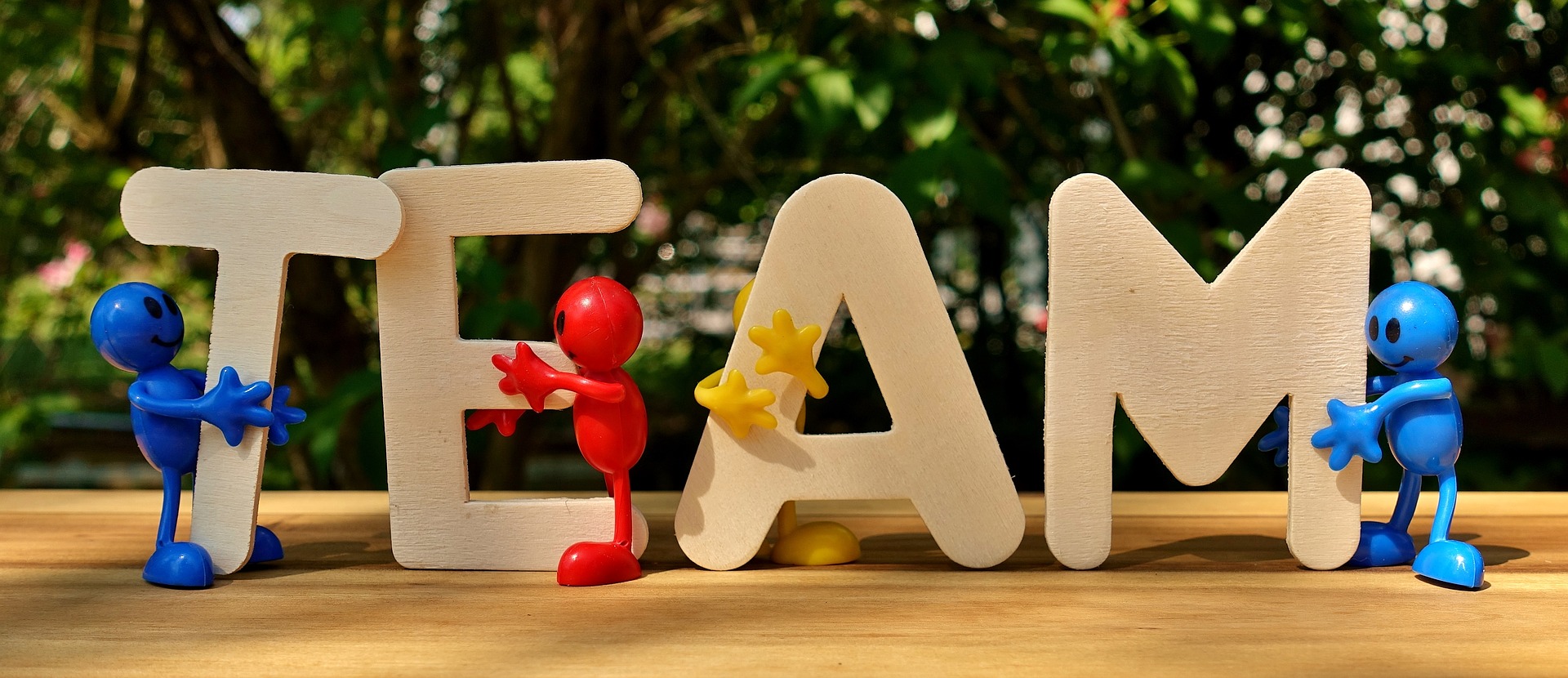Leading a team of designers and creative people is not the same as leading any other team. Designers have a special relationship towards themselves and their artwork so the team leader must possess the acumen, managerial skill, pragmatism, and know-how in order to harness the creativity of his team.
This is achievable through a sustainable strategy that depends on certain mix of tools and ideas, that ultimately leads to creating a productive and harmonious team able to perform its tasks effectively and present distinctive fresh ideas.
1- Giving space:
Designers should be given space, a margin of movement, and decision-making – even if the designer is junior – and allow him to add details of his vision. This can raise the state of self-confidence and satisfy the artistic vision inherent in the designer’s personality.
2- Avoiding offensive criticism:
When evaluating any artwork, it should firstly rely on objective reasons and not on personal views. Furthermore, criticism of any craft should begin with an appreciation of the positive aspects and express a sense of understanding about the thinking that led to this result and then discuss the gaps of the presented draft, identify weaknesses, and propose solutions.
3- Keep them motivated:
This point is closely related to an in-house design team. Often the business revolves around a specific brand or a single visual identity of the company or of its clients or related companies. This leads to a state of creative stagnation and boredom due to repeatedly using the same elements. Initiatives and activities originating from internal inspiration, discussions, meetings or workshops should be devised to design and discuss projects and ideas different from the topics they habitually work on. These contribute to creating a new creative state and to raising intellectual communication and harmony among individuals in the team.
4- Appreciation
Even if the result is personally unsatisfying, it is necessary to show respect for any artwork. The appreciation generates motivation for the designer and creates a spirit of challenge to reach the desired result. One of the tools of appreciation is to ask the designer to save the file or at least, save some elements under the pretext that it might be used in future projects. And remember that any initial idea may ultimately lead to the desired result.
5- Raise the ceiling of the challenge:
The designer wants to feel that the task he is performing contains challenges that push him to think deeper, to analyse, and search for solutions. This allows him to feel the spirit of creativity. Nevertheless, the task should not be unattainable. You should have sufficient experience to know the capabilities of each member of the team in order to know what tools he can use professionally and what tools require him to challenge himself in a realistic way.
As a team leader, you should have sufficient experience to know the strengths and skills of each individual and know how to properly utilize them. You can also identify weaknesses and find the appropriate method to correct them dependent on the nature of the company and its culture. Any plan or strategy that you implement must also be consistent and take into account the work environment.


Thank you for your reading. Join the conversation by posting a comment.